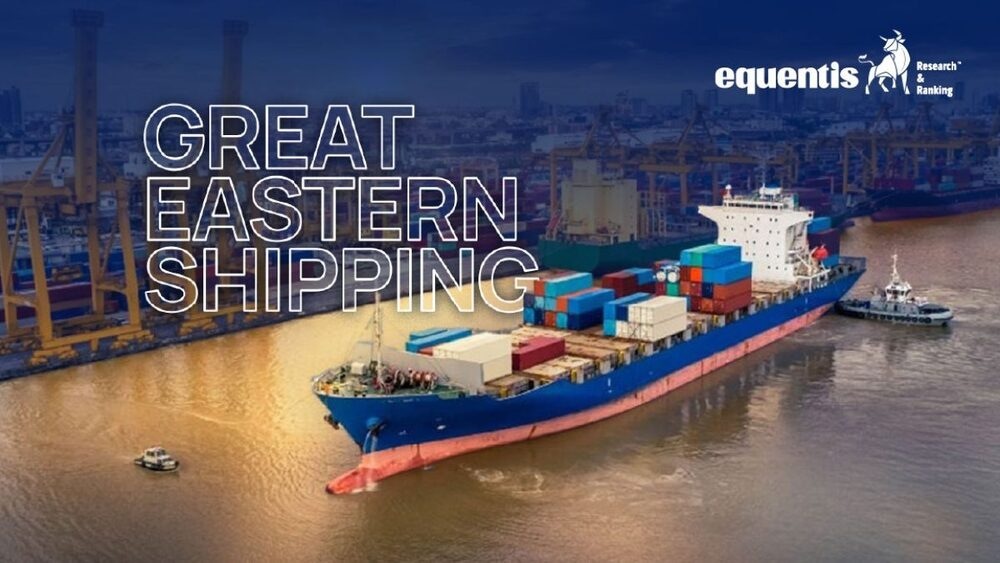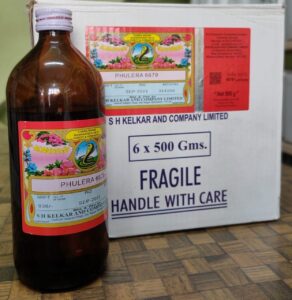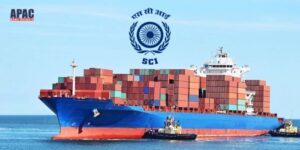1. At a Glance
The ocean is calm, but Great Eastern Shipping (GES) is making financial tsunamis. As of Q2 FY26, the ₹15,493 crore behemoth has managed to keep its ship so steady, even Poseidon would want to intern there. The company’s stock is cruising at ₹1,085, up16.6% in the last 3 months, with aP/E of just 8.68, and adividend yield of 2.74%—not bad for a firm that’s more oil than tech.
In Q2 FY26, GES reportedSales of ₹1,242 crore, down8.3% QoQ, butPAT of ₹581 crore, up28% QoQ. In other words, they sold less but earned more—something our neighborhood kirana stores can only dream of.
Operating margins clocked in at59%, making this company look more like a printing press for rupees than a shipping enterprise. Add to that aDebt-to-Equity ratio of 0.08, and you’ve got a ship that’s not just floating—it’s flying first-class.
And just to keep things spicy,Chairman K.M. Sheth is stepping down on Nov 9, 2025, handing the wheel toBharat K. Sheth—the family’s next-gen captain. There’s an interim dividend of ₹7.20 per share as well, so shareholders can literally drink to that.
2. Introduction
If Indian shipping were Bollywood, Great Eastern Shipping (GES) would be Amitabh Bachchan — seasoned, stylish, and still showing up every Friday with a blockbuster. Founded in 1948 with one Liberty ship (yes, one), GES now sails 43 vessels and has 23 offshore assets—because clearly, 22 was too mainstream.
The company has outlived recessions, pandemics, oil crises, and government policies written during lunch breaks. And yet, it still manages to deliver₹2,043 crorein net profit for FY25. How? By being boringly disciplined in an industry that’s usually one iceberg away from chaos.
Their secret sauce? A diversified fleet—tankers, bulkers, and offshore drilling rigs—all managed with precision that would make even the Indian Railways blush. The offshore arm,Greatship (India) Limited, operates logistics and drilling services. Basically, GES moves the oilanddrills for it. It’s like running both Zomato and Swiggy.
But the real power lies in itscash flow discipline. From a debt ofUSD 360 million in FY19to beingUSD 300 million cash-positive in 9MFY24, GES has transformed faster than a small-cap stock on Budget Day.
And now, withnew vessel acquisitions,offshore expansions, and aleadership succession, this ship seems ready to set sail for its next big voyage. But will the sea stay calm, or is there a storm brewing beneath those record profits?
3. Business Model – WTF Do They Even Do?
Imagine a company that makes money every time something—anything—moves across the ocean. That’s GES for you. It’s in two primary lines of business:
- Shipping Business (81% of revenue):GES owns and operates tankers, bulk carriers, and gas carriers. These vessels transportcrude oil,petroleum products, anddry bulk commodities(think coal, iron ore, grains). Basically, if it can float and has value, GES will ship it.
- Offshore Services (19% of revenue):Run through its subsidiaryGreatship (India) Limited, this division providesoffshore oilfield services. It operates supply vessels and drilling rigs—those huge machines that literally dig money out of the sea.
In simpler terms:
- TheShipping segmentearns when oil and trade flow.
- TheOffshore segmentearns when oil and gas are being extracted.
So, whether global oil prices are up or down, GES has both sides of the ocean covered. It’s like a cricket team that bats wellandfields decently—even if the pitch catches fire.
Theirlow order book-to-fleet ratio (4–7%)means they aren’t over-committed in a volatile global shipping market. That’s conservative strategy, or as your dadi would call it, “beta, don’t spend all your salary on one date.”
4. Financials Overview
| Metric (₹ Cr) | Latest Qtr (Sep’25) | YoY Qtr (Sep’24) | Prev Qtr (Jun’25) | YoY % | QoQ % |
|---|---|---|---|---|---|
| Revenue | 1,242 | 1,354 | 1,201 | -8.3% | +3.4% |
| EBITDA | 728 | 654 | 643 | +11.3% | +13.2% |
| PAT | 581 | 576 | 504 | +0.9% | +15.3% |
| EPS (₹) | 40.7 | 40.3 | 35.3 | +1.0% | +15.2% |
Annualised EPS = ₹40.7 × 4 = ₹162.8 →P/E = 1085 / 162.8 = 6.67×
Commentary:A P/E of 6.7 for a company
growing profits 15% QoQ is basically the market saying, “We don’t believe you—but we’ll still take the dividend.” The revenue dip looks like temporary weather, not a storm. Margins are fat enough to survive even if someone drops an anchor on them.
5. Valuation Discussion – Fair Value Range
Let’s drop anchor into the numbers:
(a) P/E Method:Industry P/E = 14.3×GES P/E = 6.7×EPS (annualized) = ₹162.8Fair value range = ₹162.8 × (10 to 14) =₹1,628 to ₹2,279
(b) EV/EBITDA Method:EV = ₹11,309 Cr; EBITDA (TTM) = ₹2,483 Cr → EV/EBITDA = 4.6×Industry average EV/EBITDA = 6–8×Fair value = ₹2,483 × (6–8) = ₹14,898 – ₹19,864 CrDivide by shares (14.3 Cr) →₹1,042 to ₹1,388
(c) DCF (Simplified):Assume FCF = ₹2,647 Cr, growth 3%, discount 10% → PV = 2647 × (1.03 / (0.10 – 0.03)) ≈ ₹38,900 CrPer share ≈ ₹2,720
Fair Value Range (Educational): ₹1,050 – ₹2,300This range is for educational purposes only and is not investment advice.
6. What’s Cooking – News, Triggers, Drama
- Leadership Change:The OG captainK.M. Shethis stepping down onNov 9, 2025, becoming Chairman Emeritus.Bharat K. Shethwill now steer the ship as Chairman & MD. A generational handover—let’s just hope it’s more Ambani and less GoT.
- Dividend Party:Two interim dividends back-to-back: ₹5.40 (Q1 FY26) and ₹7.20 (Q2 FY26). Clearly, the company believes in sharing the spoils of war with its crew.
- New Vessels:GES is expanding fleet muscle—contractedtwo massive ships:
- 164,715 DWTSuezmaxtanker (Aug 25, 2025)
- 81,922 DWTKamsarmaxbulker (Sep 2, 2025)Both to join by Q3 FY26.
- Loan to Subsidiary:GES gave a₹425 crore unsecured loan to Greatship (India)for ECB prepayment at 7.5% p.a. Basically, a parent lending to its kid—at interest.
- NCD Issue:Raised₹2,150 crore via NCDs in Q3 FY24, swapped to USD creating synthetic fixed-rate USD loans—because apparently, shipping alone wasn’t risky enough.
In short: fleet expansion, leadership reboot, and a balance sheet that looks

















